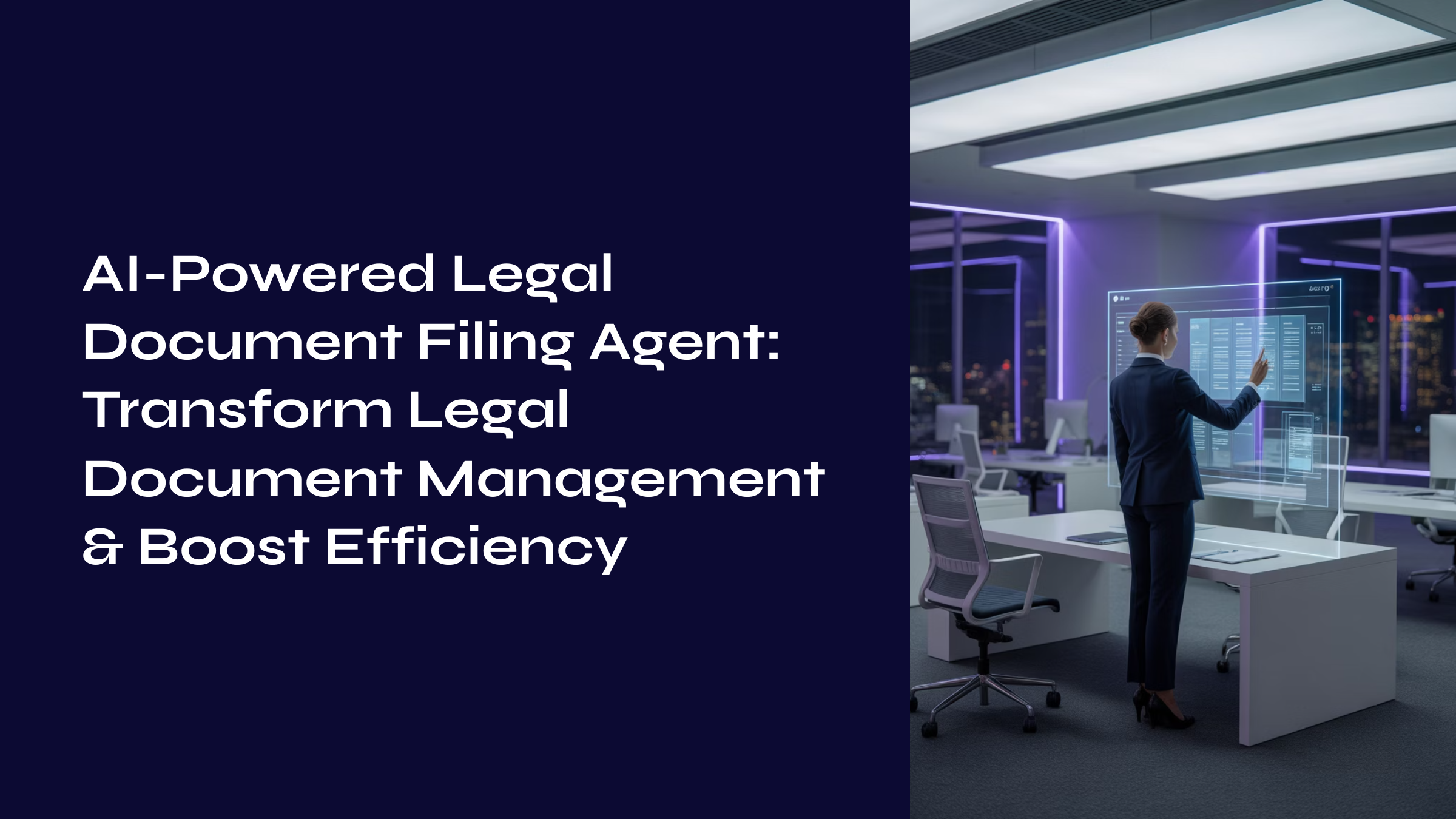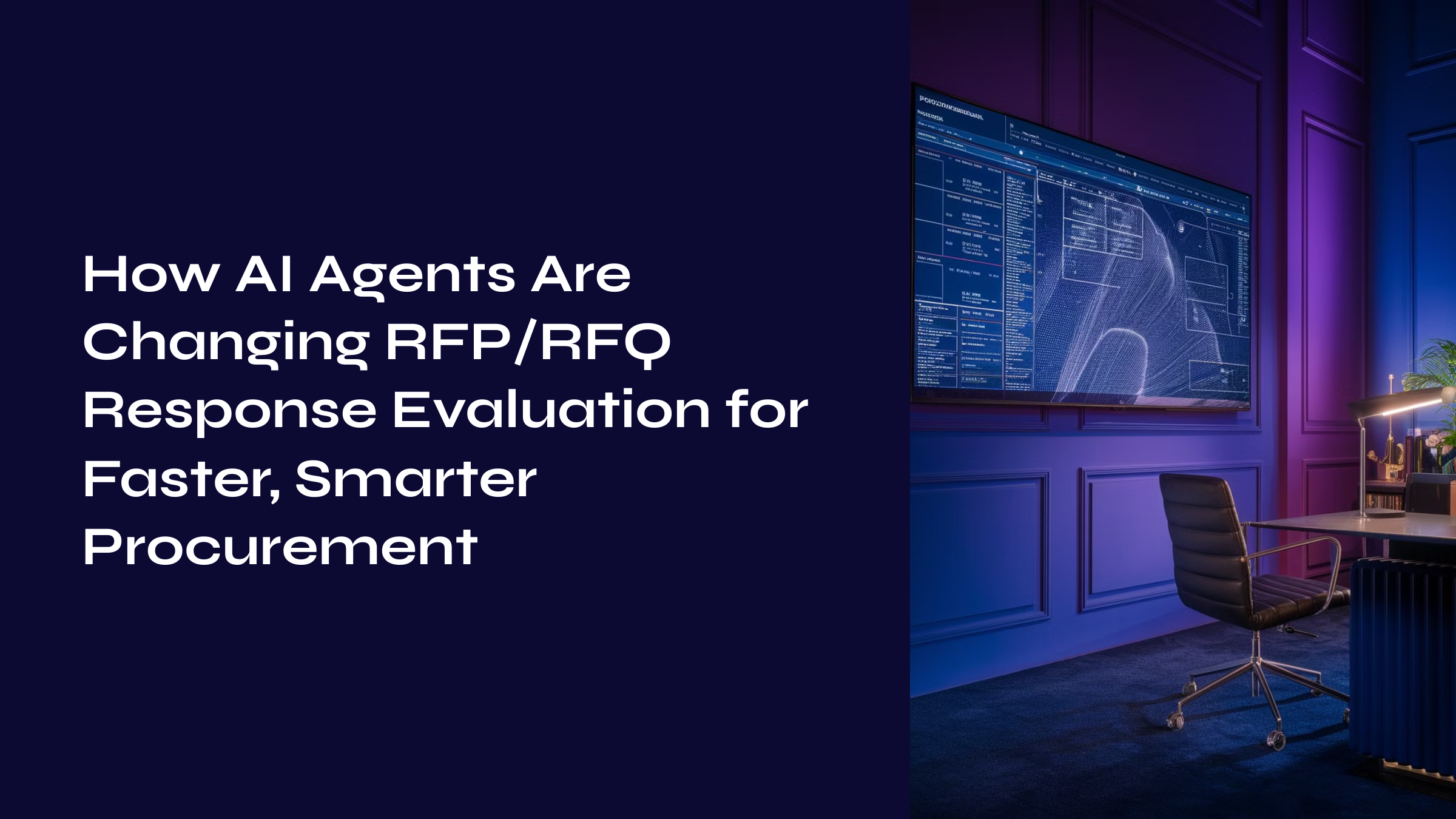The fashion and apparel industry is an exciting, fast-paced world where consumer preferences shift with the season, and trends evolve faster than anyone can predict. To stay ahead, companies in the industry need to tap into powerful technologies, like artificial intelligence (AI), to make smarter decisions, enhance customer experiences, and optimize their operations. However, there’s a critical element that many overlook—the data.
In the era of AI, data isn’t just a byproduct of daily operations—it’s the lifeblood that fuels innovation. The industry collects vast amounts of data daily, but is this data truly ready to support the next wave of AI-driven change? To harness AI’s full potential, fashion companies need to ensure that their data is high-quality, accessible, and structured for actionable insights.
Building the Right Data Foundation for AI
Before diving into AI, the fashion industry must build a robust data foundation. Collecting data is only half the battle; organizing it in a way that makes it usable for AI is where the true work begins. Here are some of the key sources the industry relies on to build this foundation:
- Customer Data
- E-commerce platforms: Every click, purchase, and even abandoned cart offers insights into customer preferences.
- Physical stores: Point-of-sale systems, loyalty programs, and foot traffic data provide valuable in-store insights.
- Social media: Monitoring social sentiment, influencer impact, and engagement metrics help understand what consumers care about.
- Customer feedback: Reviews, surveys, and support interactions are direct lines to customer wants and pain points.
- Supply Chain and Inventory Data
- Logistics and shipping: Real-time data on delivery times and route optimization ensures goods get to consumers efficiently.
- Warehouse management systems (WMS): Stock levels, inventory turnover, and replenishment cycles are essential for managing supply.
- Supplier data: Information on lead times, order accuracy, and product quality helps fine-tune supply chains.
- Market and Trend Data
- Trend forecasting platforms: Tools like WGSN or Edited track emerging styles and consumer preferences, giving companies an edge in product development.
- Competitor analysis: Monitoring competitors’ pricing strategies, launches, and market movements ensures companies stay competitive.
- Economic indicators: Data on inflation, currency fluctuations, and consumer spending habits offer context for making informed business decisions.
- Product Data
- Design and development tools: Information like CAD files, material specifications, and production timelines help in creating new products.
- Product lifecycle management (PLM) systems: Data from prototypes and final products informs everything from manufacturing to marketing.
- Fit and sizing information: Feedback about fit-related issues, like customer returns, ensures products meet consumer expectations.
- Sustainability Metrics
- Material sourcing: Tracking the environmental impact of fabrics and materials ensures companies are meeting sustainability goals.
- Carbon footprint tracking: Data from production and shipping reveals the carbon footprint of a company’s operations.
- Waste reduction initiatives: Metrics from recycling and upcycling programs show how well the industry is moving towards zero waste.
- Operational Data
- Employee productivity: Data on retail staff and production line workers helps optimize workforce efficiency.
- Store operations: Traffic counters, sales per square foot, and peak hours give valuable insight into retail performance.
- Energy usage: Data on energy consumption in manufacturing facilities and stores helps reduce costs and environmental impact.
- External Data
- Weather patterns: Seasonal demand fluctuations often correlate with weather changes, making this data essential for demand forecasting.
- Regulatory data: Compliance data ensures companies meet legal requirements in different regions.
- Event data: Major events like fashion weeks or global promotions can have a significant impact on sales, making them vital data points.
How to Know If Your Data is Ready for AI-Driven Innovation
It’s clear that the fashion industry collects data from many sources. But how can companies tell if their data is truly ready to power AI? Here are the key indicators to look for:
- Data Quality
- Consistency: Your data should be standardized across all sources, ensuring that every dataset is structured the same way.
- Accuracy: Up-to-date, accurate data is essential for AI systems to generate reliable insights.
- Completeness: Ensure your datasets cover all the critical areas: customer behavior, inventory, trends, and the supply chain.
- Data Accessibility
- Centralized Storage: Data should be stored in a unified system, like cloud platforms or data lakes, so it’s easily accessible for analysis.
- Integration: Your data should be seamlessly integrated from multiple sources to give a comprehensive view of operations.
- Data Governance and Compliance
- Privacy and Security: Ensure your data is protected and complies with regulations like GDPR or CCPA.
- Clear Ownership: Establish clear roles for data stewards who are responsible for maintaining data integrity.
- Data Consistency Over Time
- Historical Data: Past data, such as sales history and customer behavior, helps AI models learn patterns and trends.
- Timely Updates: Real-time or near-real-time data ensures AI systems can respond to shifts in the market quickly.
- Scalability
- Volume: Your data system must be able to scale with the growth of your business.
- Future-Proofing: Data architecture should be flexible enough to accommodate new data sources, technologies, and AI capabilities.
- Actionable Insights
- Business Relevance: Your data should be organized in a way that it directly informs business decisions, such as marketing strategies or supply chain management.
- AI Readiness: Data must be structured and cleaned so AI models can extract insights, predict trends, and automate processes.
Conclusion: Setting the Stage for AI Success
The fashion and apparel industry has vast potential to harness the power of AI, but only if the data is prepared and ready for it. By ensuring that data is high-quality, accessible, and structured for AI, companies can unlock powerful tools to optimize operations, predict trends, and deliver personalized experiences to customers.
As AI becomes more integrated into the industry, the companies that can leverage their data most effectively will be the ones that lead the way in innovation. Make sure your data is ready to fuel the next wave of AI-driven transformation.
Ready to see how AI can transform your fashion and apparel business? Let’s discuss how you can leverage your data to stay ahead of the curve. Contact us today for a consultation, and let’s build a strong, AI-powered foundation for your future success.
Frequently Asked Questions (FAQs)
- What types of data does the fashion industry collect for AI?
The fashion industry collects data from various sources, including customer behavior (online and in-store), supply chain metrics, market trends, product lifecycle information, sustainability initiatives, and more. - How can AI improve customer experience in fashion?
AI can enhance customer experience by personalizing product recommendations, improving fit with virtual try-ons, optimizing inventory, and predicting future trends based on customer behavior. - How can my company start preparing its data for AI?
Start by organizing your data, ensuring it’s high-quality and accessible. Implement centralized storage, integrate data from multiple sources, and prioritize data governance and security. - Is my data ready for AI if I have been collecting it for years?
Simply having historical data isn’t enough. Your data needs to be consistent, accurate, and structured in a way that’s useful for AI analysis. Regular updates and proper organization are key. - What are the benefits of AI for fashion sustainability?
AI can help fashion companies reduce waste, optimize resource usage, track sustainability metrics, and promote eco-friendly practices through data-driven insights.
















